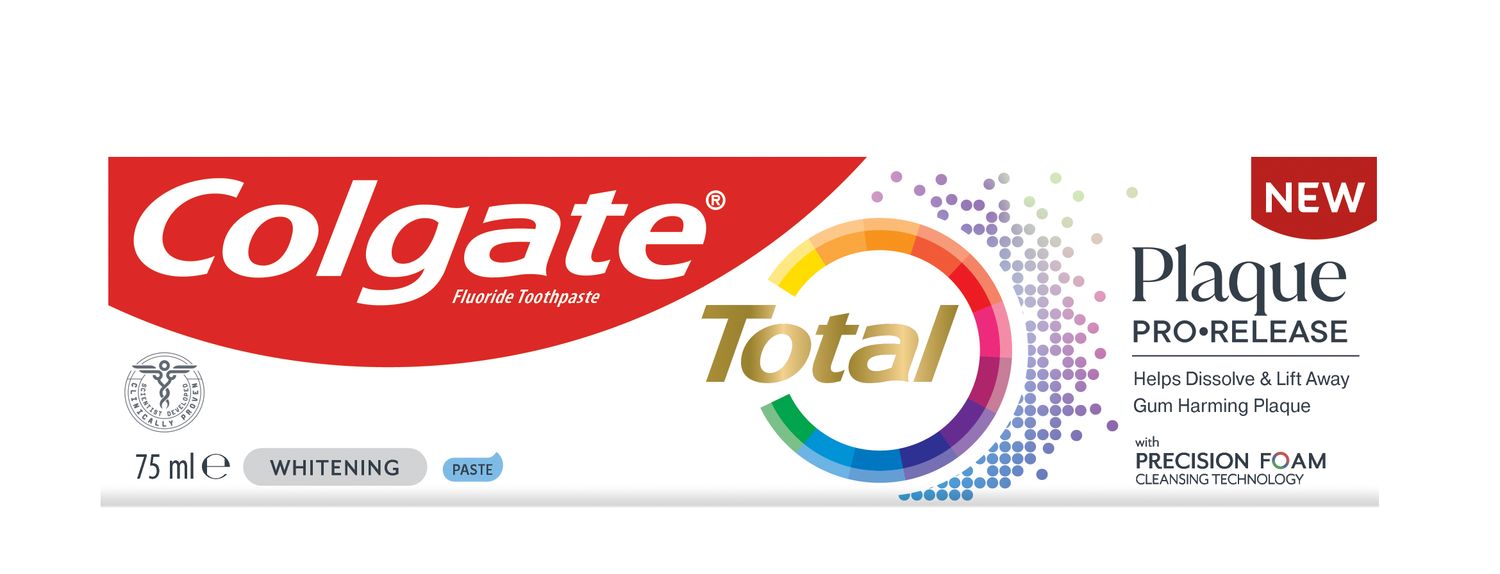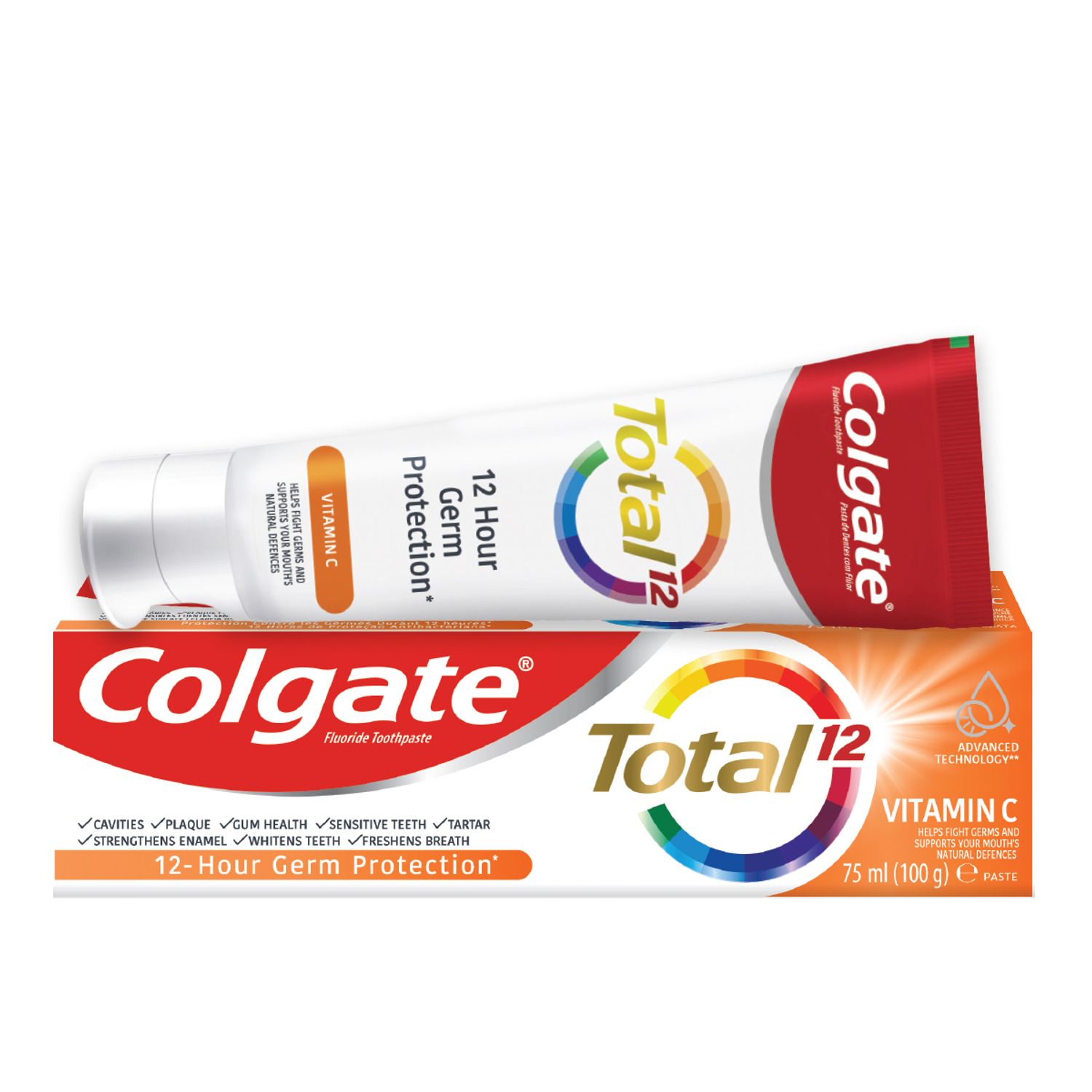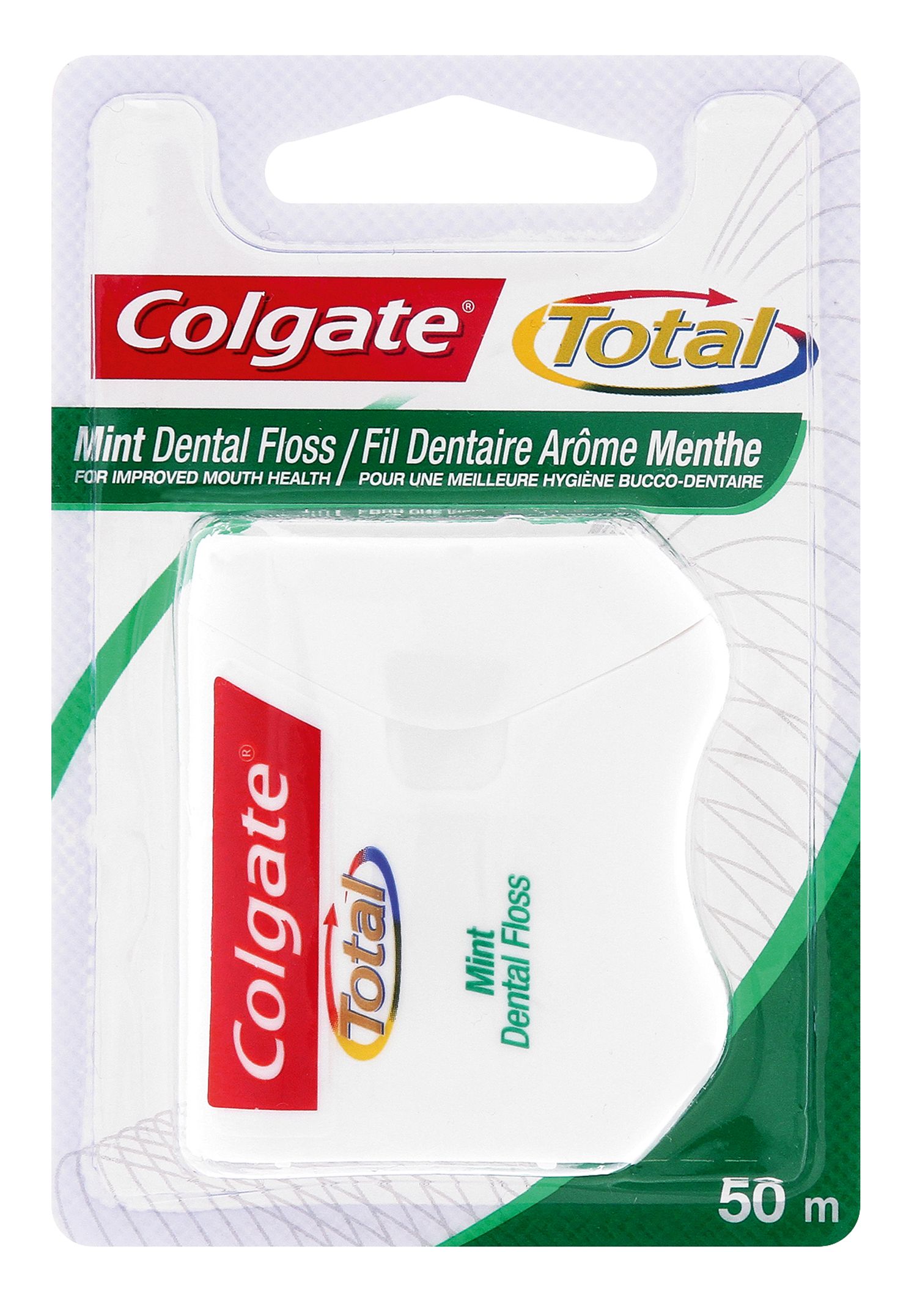-
-

CAVITIES
Can You Heal A Cavity At Home?You feel a sharp pain when you bite down or try to eat. You think it's a cavity, but you're not 100 percent sure...

BAD BREATH
How To Cure Bad BreathMore commonly known as bad breath, halitosis is an embarrassing hygiene issue that nobody wants, but some of us get every now and then...
-
Science & Innovation
- Colgate® | Toothpaste, Toothbrushes & Oral Care Resources
- Oral Health
- What Is Gingivitis? Signs & Symptoms


Healthy gums are part of a bright smile and a sign of overall good health. If your gums are inflamed, swollen or tender when you brush, it may be a sign of gingivitis. Gingivitis is an inflammation of the gums and a symptom of the first stages of gum disease. If you’re experiencing this, you’re not alone — according to the CDC, more than 47 percent of American adults have some stage of gum disease, including gingivitis. The good news? Gingivitis is reversible with good oral hygiene. But without treatment, gingivitis can progress to gum disease, otherwise known as periodontitis. So what is gingivitis, and how do you treat it?
What Is Gingivitis?
Gingivitis is an early stage of gum disease appearing as an inflammation of the gumline that, if left untreated, can progress to the point of being detrimental to the strength and health of the bone that surrounds and supports your teeth. The direct cause of gingivitis is plaque, which builds up on your teeth due to improper brushing after meals. Plaque is a soft, sticky, colorless film of bacteria that forms on the teeth and gums through a combination of leftover food particles and saliva.
If the plaque is not removed by daily brushing and flossing, it produces toxins that can irritate the gum tissue, which can then cause gingivitis. Because the bone and connective tissue holding your teeth in place aren’t yet affected, the damage to your teeth and gums can be reversed at this early stage. If gingivitis is not treated, your condition may progress and become periodontal disease, which can lead to permanent damage to your gums and teeth.
How Do I Know if I Have Gingivitis?
There are a number of tell-tale signs that you’re in the early stages of gum disease. Not only can it start eroding parts of your gumline to expose more of your teeth than is healthy, it can also cause pockets to form between the teeth and gums, where food particles could collect and grow, causing more irritation and more decay to the gum line. Here are some other signs and symptoms to look for if you believe you may be experiencing the early stages of gum disease.
Gingivitis can sometimes be painless, so it’s important to be aware of any of the following symptoms :
How Can I Prevent Gingivitis?
Practicing consistent oral hygiene and attending regular, professional cleanings with your dentist are essential to preventing gingivitis. Here are a few tips on how to better take care of your gums, as recommended by the ADA to stops gingivitis before it starts:
- Brush your teeth at least twice a day, if not three times (especially after meals)
- Use floss or another type of interdental cleaner to clean between your teeth daily
- Visit your dentist every four to six months for regular examinations and professional cleanings
- If you’re worried about your brushing or flossing techniques, your dentist can provide a short demo on how to improve them
- Because tobacco use increases the risk of gum disease (and other health issues), stop using tobacco products
The most important factor to help prevent gingivitis is to live a healthy lifestyle and have healthy oral care habits. This includes daily brushing and flossing and regular visits to your dentist for open conversations about your oral health.
Related Products

Helping dental professionals
More professionals across the world trust Colgate. Find resources, products, and information to give your patients a healthier future











